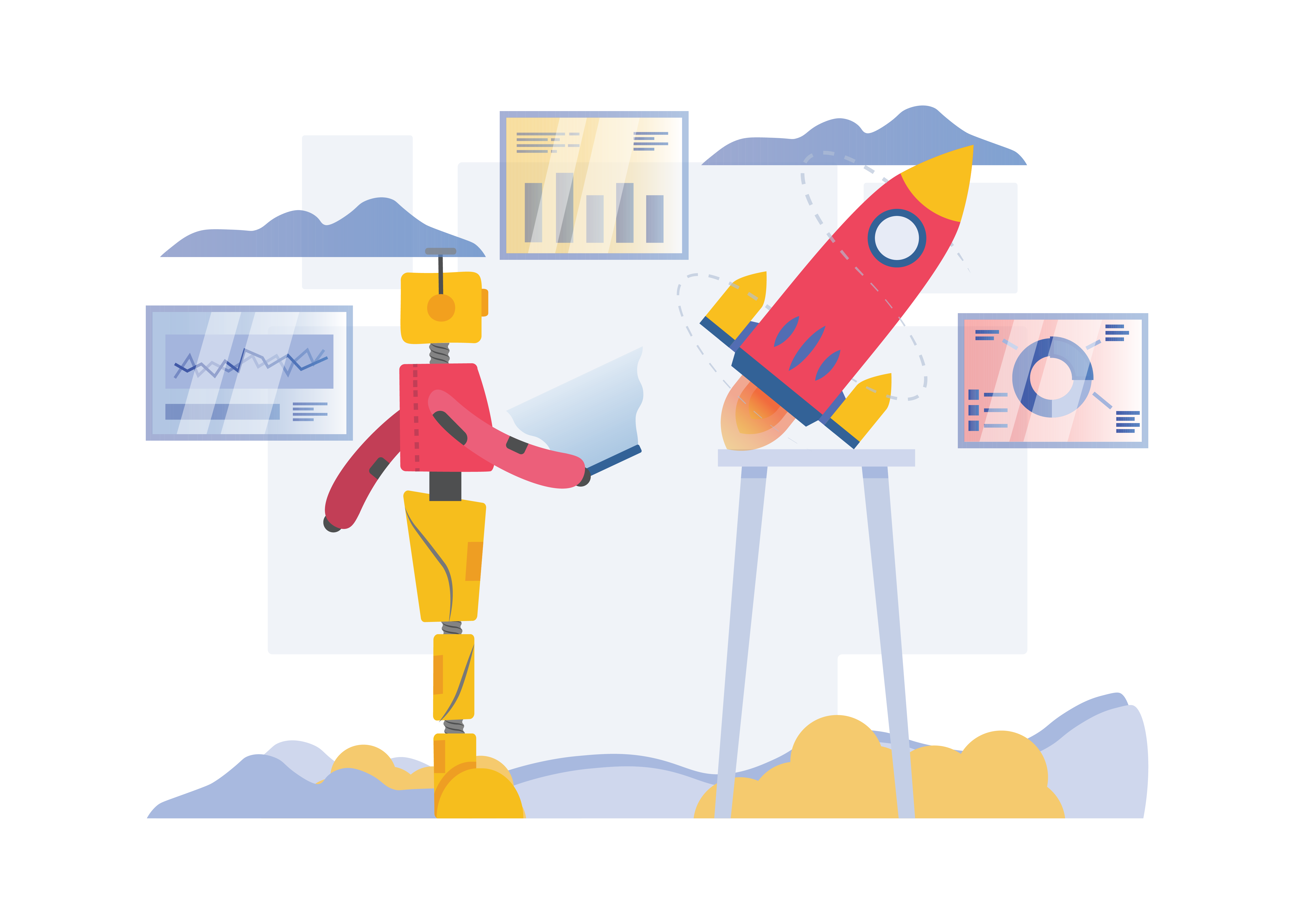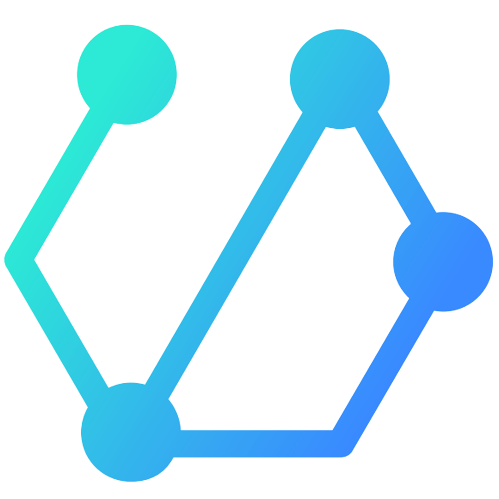Features of NetRMM
Proactive monitoring and management

Proactive monitoring and management in NetRMM refers to the use of tools and processes to identify and resolve potential IT issues before they become major problems. netRMM is a system used by managed service providers (MSPs) to monitor and manage their clients' IT infrastructure.
Proactive management involves taking action based on the data collected from proactive monitoring. The MSP can use this data to identify issues that need to be addressed, and take steps to resolve them before they cause downtime or other problems. This can include installing software patches, updating antivirus software, or adding additional security measures.
Some key benefits of proactive monitoring and management include:
-
Reduced downtime: By identifying and resolving issues before they cause downtime, proactive monitoring and management can help ensure that systems remain operational and available to users.
-
Improved security: By constantly monitoring for potential security threats, proactive monitoring and management can help prevent security breaches and minimize the impact of any breaches that do occur.
-
Increased efficiency: By automating the monitoring and management process, MSPs can reduce the time and effort required to manage client systems.
Overall, proactive monitoring and management is an essential part of any MSP's toolkit, helping them to ensure the reliability, availability, and security of their clients' IT infrastructure.
Secure Remote Access
Secure remote access in terms of NetRMM refers to the ability of managed service providers (MSPs) to access and manage their clients' IT infrastructure from a remote location, while ensuring that this access is secure and protected from unauthorized access.
There are several methods that MSPs can use to provide secure remote access to their clients' systems, including:
-
Virtual Private Network (VPN): A VPN can be used to establish a secure, encrypted connection between the MSP's management server and the client's network. This allows the MSP to access the client's systems as if they were physically on-site, while ensuring that the connection is secure and protected from interception.
-
Two-Factor Authentication (2FA): 2FA is an authentication method that requires users to provide two forms of identification in order to access a system. This can include a password and a security token, or a password and a biometric identifier. By requiring 2FA for remote access, MSPs can ensure that only authorized personnel are able to access the client's systems.
-
Role-Based Access Control (RBAC): RBAC is a method of limiting access to systems based on the user's role within the organization. This can be used to ensure that MSP technicians only have access to the systems and data that they need to perform their job, and are not able to access sensitive or confidential data.
-
Encryption: All remote access should be encrypted using industry-standard encryption protocols such as SSL or TLS. This helps to ensure that data transmitted between the MSP's management server and the client's network is protected from interception and eavesdropping.
Overall, secure remote access is a critical component of RMM, allowing MSPs to provide efficient and effective support to their clients while maintaining the security and integrity of their systems. By implementing best practices such as VPNs, 2FA, RBAC, and encryption, MSPs can ensure that they are providing the highest level of security and protection to their clients.
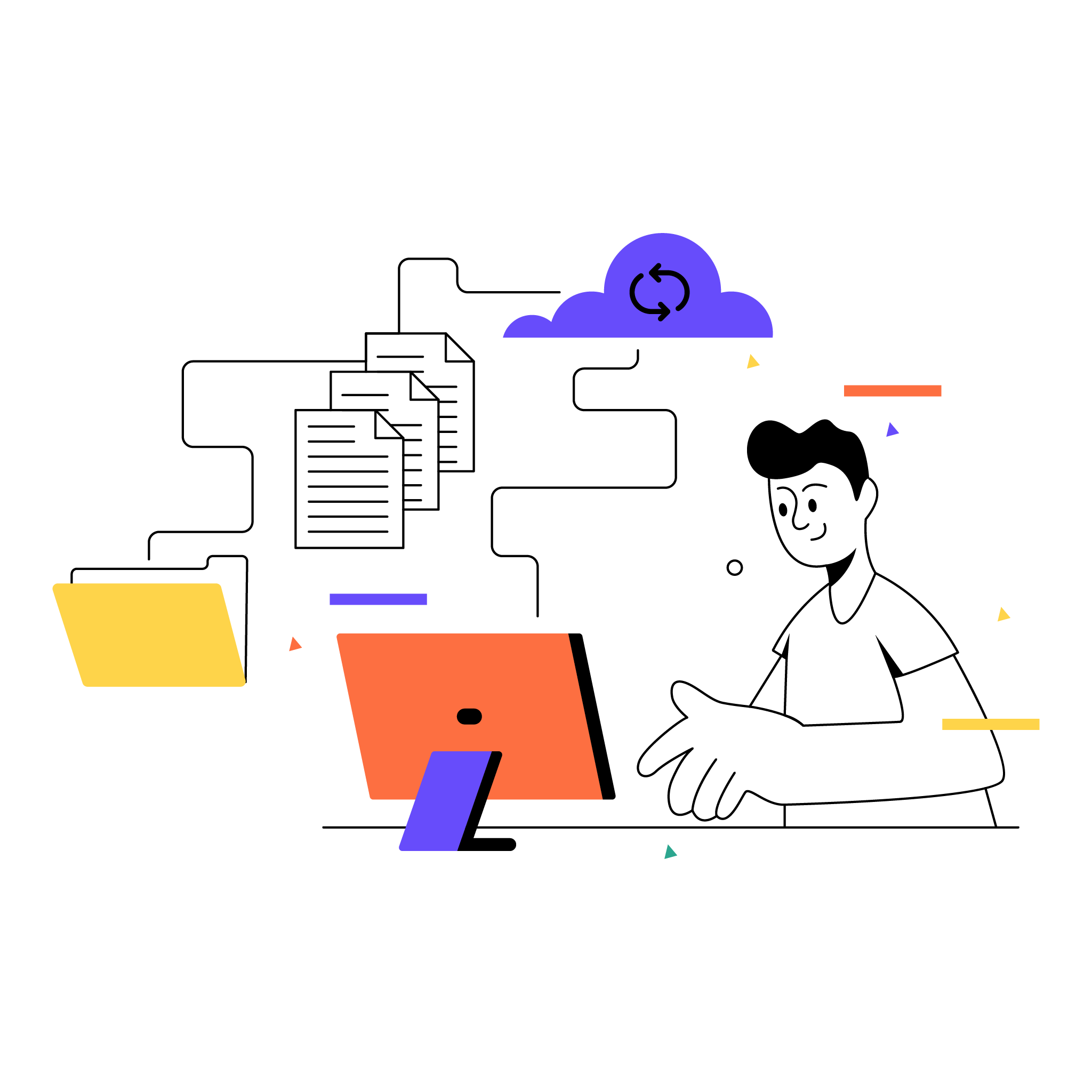
IT Automation & Scripts
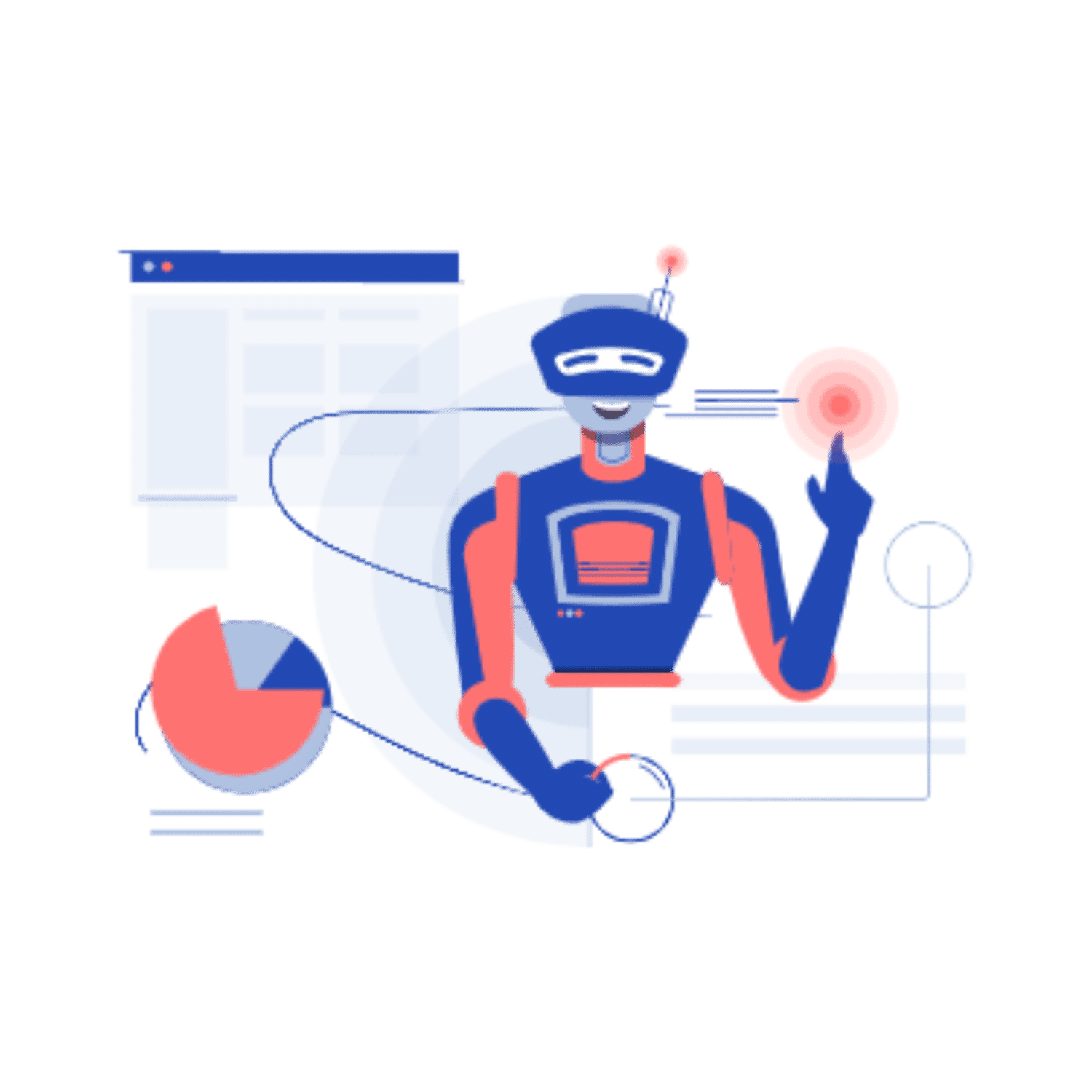
NetRMM IT automation and scripts refers to the use of software tools and scripts to automate various IT tasks and processes. This can help MSPs (Managed Service Providers) to streamline their operations, increase efficiency, and reduce the risk of human error.
The benefits of IT automation and scripts in RMM include:
-
Improved efficiency: By automating routine tasks and processes, MSPs can save time and reduce the risk of errors that can result from manual processes.
-
Standardization: IT automation tools and scripts can help to ensure that all client systems are configured consistently and in accordance with best practices.
-
Scalability: IT automation tools and scripts can help MSPs to manage large and complex IT environments more efficiently.
-
Flexibility: Scripts can be customized to meet the specific needs of individual clients or to automate processes that are unique to a particular environment.
Overall, IT automation and scripts are important components of RMM, helping MSPs to increase efficiency, reduce errors, and provide a high level of service to their clients.
Patch Management
Managing Windows Updates can be time consuming. For example, see all available updates for individual devices, which computers require updates, and which updates, and when should they be installed, and have any updates failed to install?
netRMM streamlines this process by providing detailed graphs and breakdowns on the update status of each computer, and then listing the various types of updates along with updates release dates, severity level so you can choose actions either on individual devices or for a group of devices through group policy.
Patch management is the process of identifying and applying software updates or patches to computer systems and applications in a timely and systematic manner. The purpose of patch management is to address security vulnerabilities and bugs, improve performance, and enhance the functionality of the software.
In the context of computer security, patch management is a crucial aspect of risk management. Unpatched systems are often the target of cyberattacks, making it essential for organizations to regularly apply security patches as soon as they become available.
Patch management involves several steps, including:
-
Identification: Determine which systems and applications need to be updated.
-
Assessment: Evaluate the impact of the patches on the systems and applications.
-
Prioritization: Determine the order in which patches should be applied based on their severity and criticality.
-
Testing: Test the patches in a controlled environment to ensure they don't cause any adverse effects.
-
Deployment: Apply the patches to the targeted systems and applications.
-
Monitoring: Monitor the systems and applications for any issues after the patches have been applied.
Effective patch management requires careful planning and coordination to ensure that patches are deployed in a way that minimizes disruption to business operations. Automated patch management tools can simplify the process and help organizations to keep their systems and applications up-to-date with minimal manual effort.
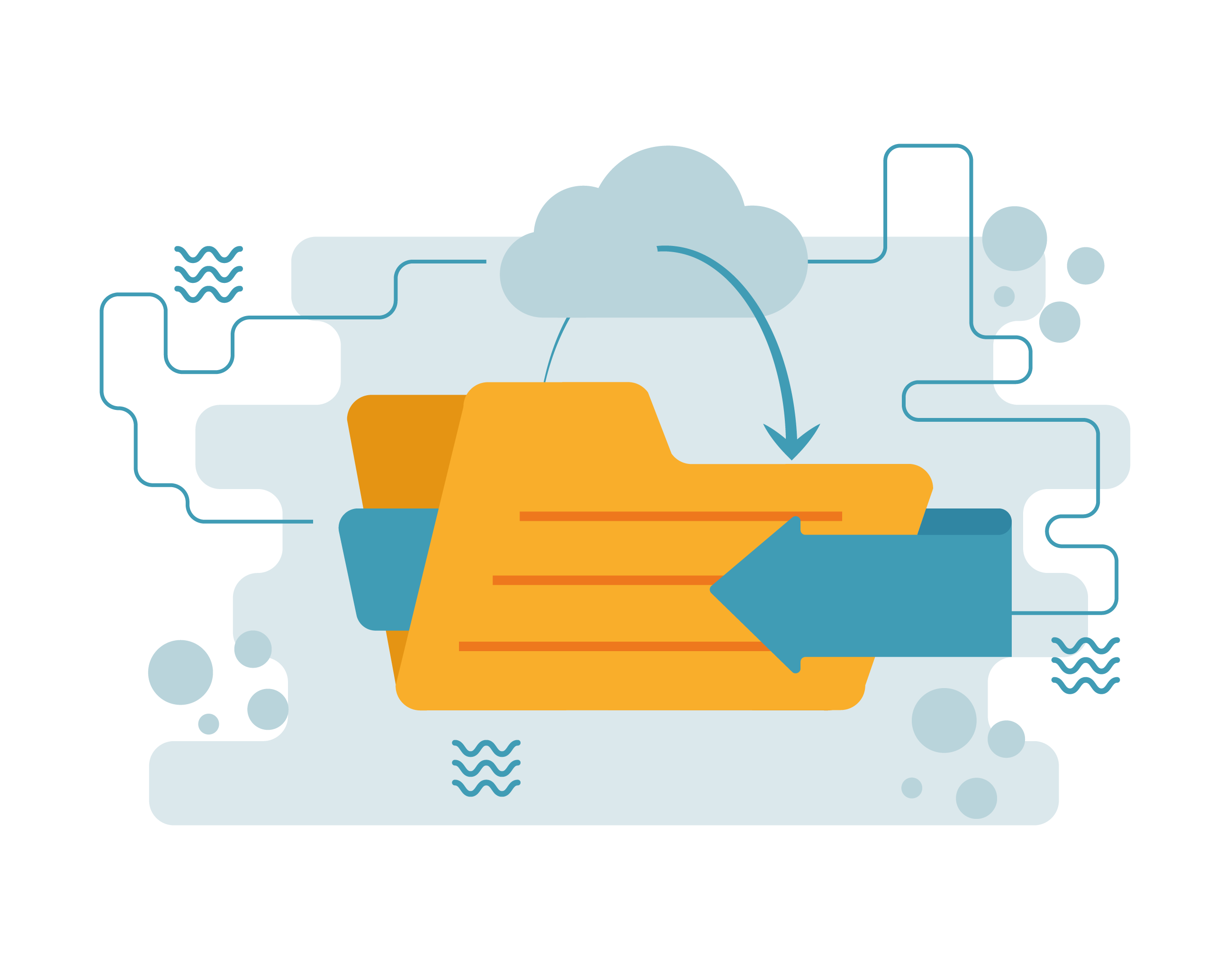
IT Asset Management
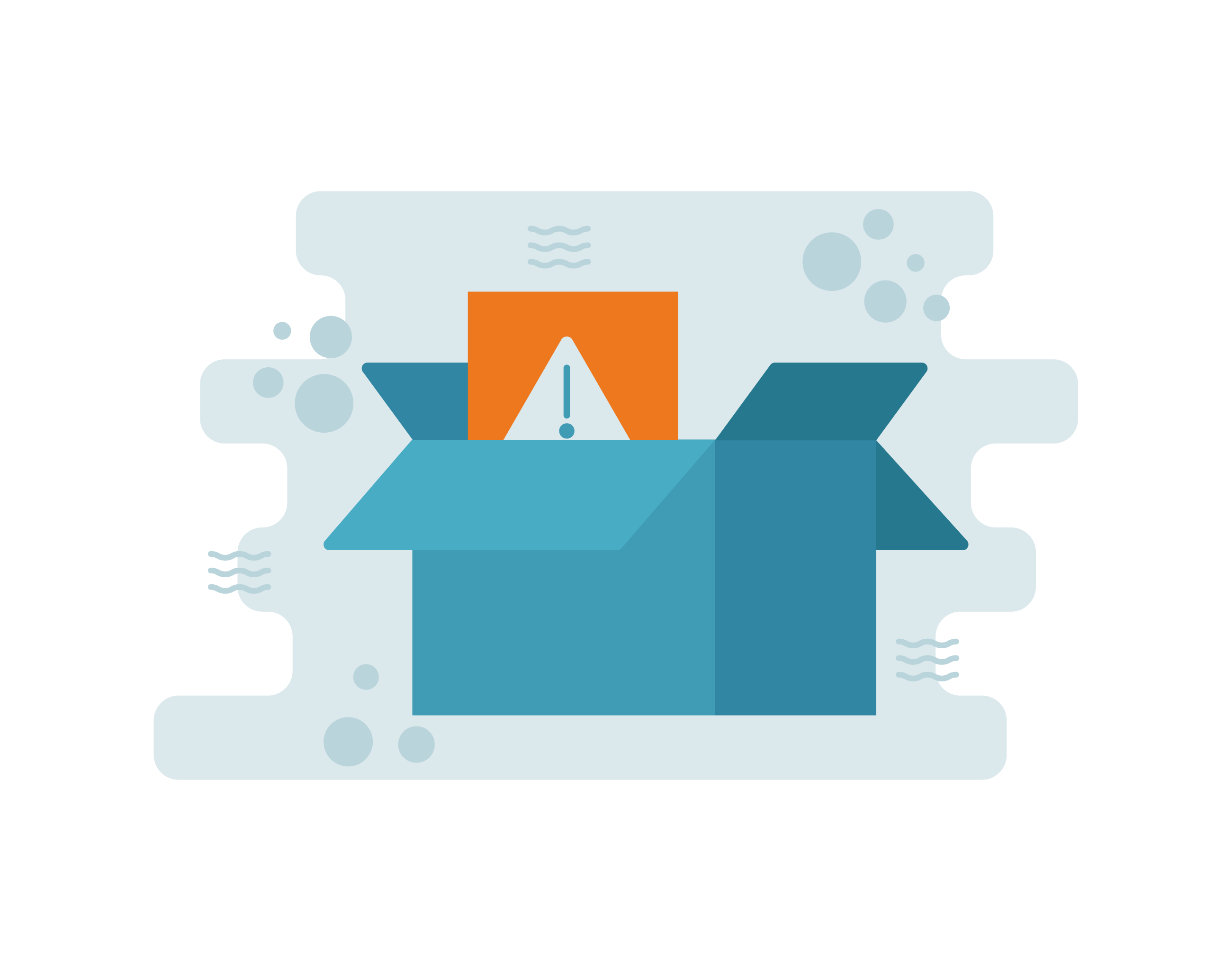
IT asset management (ITAM) is the process of tracking and managing the entire life cycle of an organization's physical and software assets. IT assets can include hardware such as computers, servers, and printers, as well as software licenses and subscriptions. The main objectives of ITAM are to ensure that an organization's IT assets are properly accounted for, utilized efficiently, and disposed of securely when they reach the end of their life. ITAM helps organizations to make informed decisions about purchasing, deploying, and maintaining their IT assets, and to optimize their technology investments.
ITAM involves several key activities, including:
-
Inventory management: Keeping a record of all IT assets, including hardware and software, and updating the inventory as assets are added, moved, or removed.
-
License management: Keeping track of software licenses and ensuring that they are used in compliance with vendor agreements.
-
Asset tracking: Monitoring the location, status, and utilization of IT assets to ensure that they are being used effectively.
-
Maintenance and support: Coordinating maintenance and support activities, such as repairs and upgrades, to ensure that IT assets continue to function effectively.
-
End-of-life management: Planning for the eventual disposal of IT assets, including the secure deletion of data, and ensuring that assets are disposed of in an environmentally responsible manner.
ITAM helps organizations to reduce costs, improve security, and optimize the use of their IT assets. By implementing a robust ITAM program, organizations can ensure that their IT assets are well-managed and secure, and that they are making the most of their technology investments.
IT asset reports typically include the following components:
-
Asset Inventory: A comprehensive list of all IT assets, including hardware and software, and the details associated with each asset, such as make, model, serial number, location, and ownership.
-
License Management: Information about software licenses, including vendor, product, version, license type, number of licenses, and usage history.
-
Asset Utilization: Data on the utilization of IT assets, such as the number of hours used, number of users, and the frequency of use.
-
Maintenance and Support: Information on maintenance and support activities, such as repairs, upgrades, and warranty information.
-
Asset Deployment: Information on the deployment of IT assets, including the location, status, and assignment of each asset.
-
End-of-Life Management: Information on the end-of-life status of IT assets, including the planned disposal date, and data deletion and destruction processes.
-
Cost Analysis: Data on the cost of IT assets, including acquisition costs, maintenance costs, and depreciation.
-
Security: Information on the security status of IT assets, including vulnerabilities, patch management, and access control.
The contents of IT asset reports can vary depending on the specific needs of the organization, but these are the most common components. IT asset reports can be used by organizations to make informed decisions about their technology investments, to optimize the use of their IT assets, and to ensure that their assets are secure and well-maintained.
Application Deployment
Application deployment through RMM (Remote Monitoring and Management) software refers to the process of remotely installing and managing software applications on clients' devices using RMM tools. RMM software is typically used by managed service providers (MSPs) to manage and monitor the IT systems of their clients.
The main benefits of using RMM software for application deployment include:
-
Centralized Management: RMM software allows MSPs to remotely install, update, and manage software applications from a centralized location, reducing the need for manual intervention.
-
Improved Efficiency: RMM software automates many of the manual tasks involved in software deployment, such as checking for compatibility and downloading updates, saving time and reducing the risk of errors.
-
Better Control: MSPs can use RMM software to enforce software policies, such as the installation of security software, and monitor the usage of applications to ensure that they are being used as intended.
-
Real-time Monitoring: RMM software provides real-time monitoring and alerts for applications, enabling MSPs to quickly identify and resolve issues.
-
Scalability: RMM software can be used to manage a large number of devices, making it ideal for MSPs who need to deploy applications to multiple clients.
The deployment process typically involves the following steps:
-
Preparation: Prepare the target devices by ensuring that they meet the system requirements for the application and are running the latest operating system updates.
-
Package Creation: Create the software package, including any necessary configurations and customizations.
-
Deployment: Deploy the software package to the target devices using the RMM software.
-
Monitoring: Monitor the deployment process and the usage of the application to ensure that it is working as expected.
-
Maintenance: Regularly update and maintain the application as needed, ensuring that it continues to function effectively.
Overall, using RMM software for application deployment can help MSPs to improve the efficiency and security of their clients' IT systems, and to provide a better managed service experience for their clients.
